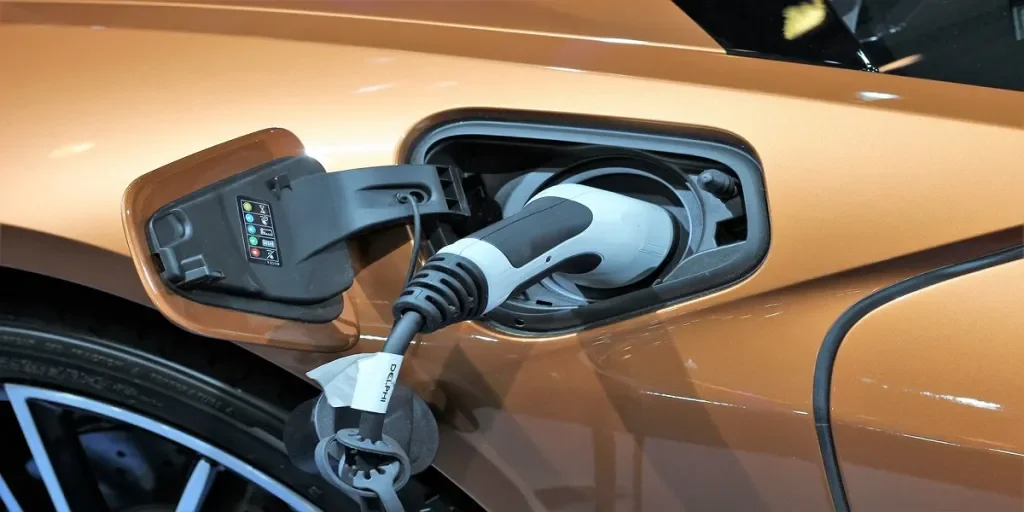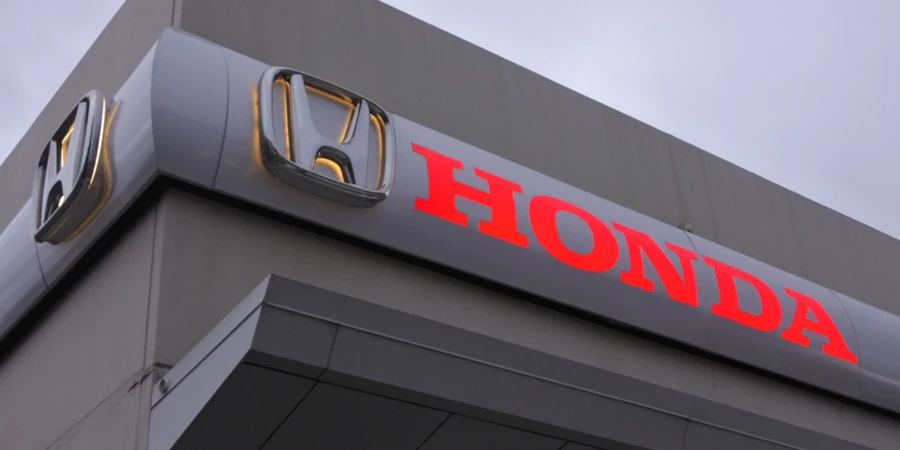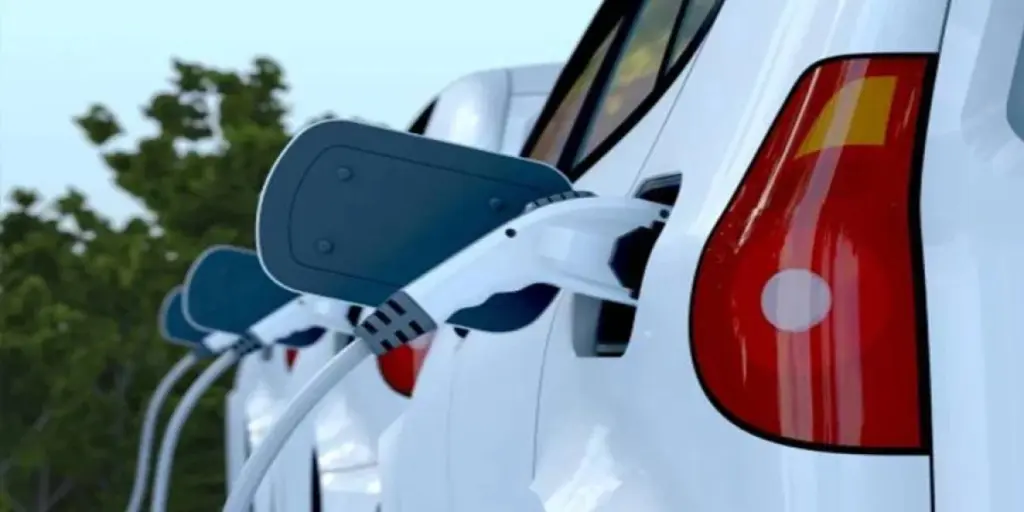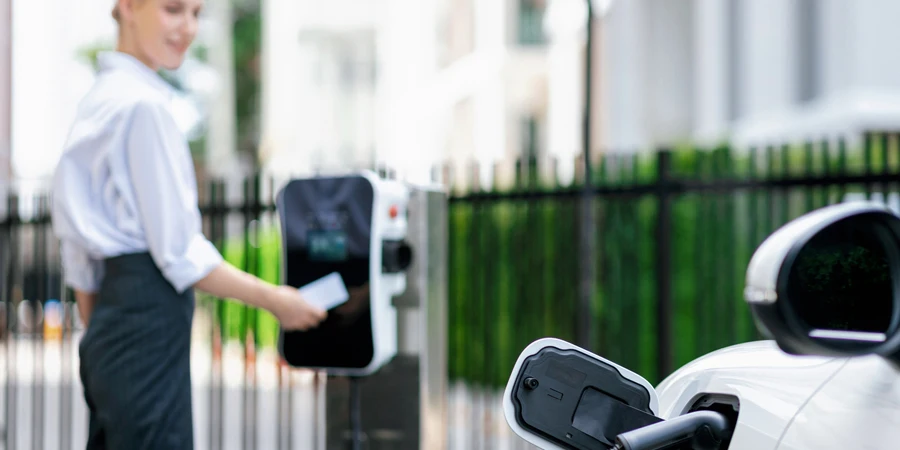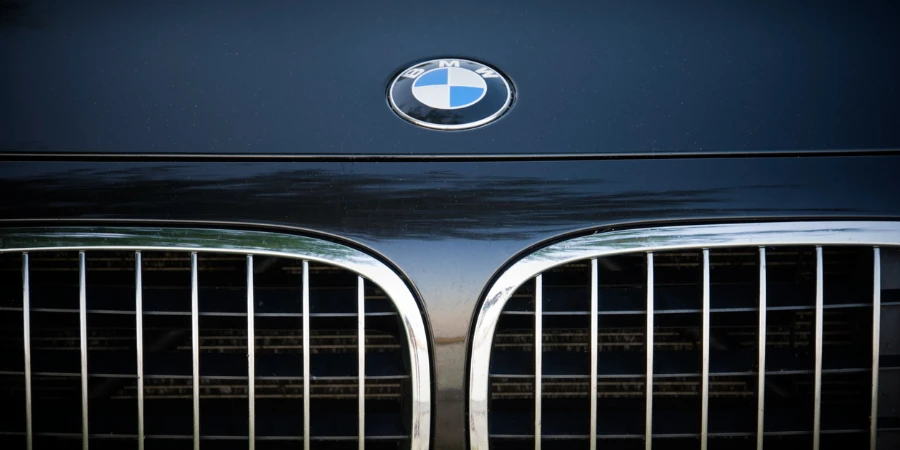The transition from gasoline-powered to electric vehicles was always going to happen, and technology has paved the way for game-changing innovations. This transition opens up new opportunities for businesses, such as increased demand for fast-charging equipment.
EV chargers, however, differ significantly in terms of a few variables. Find out what they are and more about EV charging, as well as fast charging and how it works by reading on.
Table of Contents
The global electric vehicle fast charging market
The different levels of EV charging
How does DC fast charging work?
The future of EVs
The global electric vehicle fast charging market
The electric fast-charging equipment market was valued at US $3,240.7 million in 2021 and is expected to grow at a compound annual growth rate (CAGR) of 21.7% to reach US $18,909.8 million by 2030. The rising need for zero-emission transportation will drive EV sales during the forecast period.
Public charging accounted for the largest market share and is anticipated to expand at a CAGR of 22%. The growth is driven by the widespread installation of EV chargers in public places to foster EV adoption.
Furthermore, many countries, including the United States, China, and Germany, are investing heavily in research and development for more efficient charging facilities. For example, in 2021 GM announced plans to invest more than US $30 billion in EVs, while Ford expected to increase EV production to 600,000 units per year.
What is DC fast charging?
As consumers consider the benefits and drawbacks of electric vehicles (EVs), charging plays a significant role in their purchasing decision. One of the most common questions from car buyers is how long it takes to charge an EV and how it will affect their daily routine. Currently, three charging speeds are available for EVs: Level 1, Level 2, and Level 3, also known as DC fast charging (DCFC).
DCFC is the fastest of the three levels and is ideal for long-distance travel with brief recharge stops. The DC charger provides higher voltage to the car and can charge the battery to 80% in about 40 minutes. It’s great for extending car battery life because experts recommend charging batteries at 80% capacity.
The different levels of EV charging
The three charging levels reflect how fast a charger will replenish the battery.
Level 1 charging
Level 1 charging equipment is currently the slowest and is plugged directly into a standard 120-volt AC outlet. The average power supply ranges from 1 kW to 2.4 kW, adding four to six miles of driving range per hour. An overnight charge can add 50–60 miles of coverage, and it can take nearly two days to charge an EV with a range of 250 miles fully.
Level 1 chargers are inconvenient, especially if the user intends to use the car daily. Level 1 charging will not be available in some parts of Canada and Europe where standard household voltages exceed 230.
Level 2 charging
Level 2 chargers are the most common type of EV charger and can be found in workplaces, homes, and other public places. They are a step up from Level 1 charging and use a 208-volt to 240-volt outlet to produce power ranging from 4 kW to 18 kW. This output equates to a driving range of 12 to 54 miles per hour.
At the fastest rate, it will take less than five hours to charge an EV with a range of 250 miles fully. At the lowest rate, it will take about 21 hours. Level 2 charges are the most popular EV chargers at workplaces, homes, and other public locations. However, because EV batteries can only handle DC current, AC power must be converted to DC, making Level 1 and 2 charging time-consuming.
Level 3 DC fast charging
Level 3 DC is currently the fastest and most powerful EV charging equipment. They are intended to deliver power faster than Level 2 chargers, with output ranging from 15 kW to over 350 kW.
This allows users to charge an EV in 15 to 60 minutes, depending on the vehicle’s voltage capacity. Unlike Level 1 and Level 2, DC fast chargers use commercial-grade three-phase connections to deliver power directly into the EV’s battery.
How does DC fast charging work?
Presently, four types of DC fast charging are available: Combined Charging System (CCS), GB/T, Tesla Supercharger, and CHAdeMO (CHArge de MOve). Each has a unique charge port connector. CCS is the most common type, while DC charging stations can charge via CHAdeMO or CCS connectors.
Tesla Superchargers only work with Tesla vehicles, but these cars can also use CHAdeMO or CSS fast chargers with an adaptor. GB/T connectors are primarily for the Chinese market.
The amount of power an EV battery can hold, measured in kW, varies between vehicles. Many vehicles on the market accept 50 kW, while newer models can accept up to 270 kW. Because the power rating of the charger and the EV are so diverse, compatibility between the two can be perplexing.
Fortunately, the power limits do not have to match because the charger will only deliver the power the car can handle. A monitoring system in the car battery ensures that it only accepts the amount of energy the car can handle.
When the battery charge reaches 80%, the DCFC rate slows to reduce the risk of the battery overheating. So, many manufacturers will talk about how long it takes to charge the battery to 80% rather than 100%.
How does DC charging differ from AC charging?
As previously discussed, AC stands for alternating current, while DC stands for direct current. AC refers to the standard electricity used in homes to charge everyday electronics. The energy flows alternate between positive and negative due to the alternators. These alternators generate power using a magnetic field to create positive and negative polarity. This allows a system to transmit power but cannot deliver the same amount of power as direct current.
On the other hand, DC power moves in a straight line and can be produced by batteries, solar cells, or modified alternators. A transformer can convert alternating current to direct current and can power household appliances such as refrigerators and washing machines. Thus, DC power is not limited to vehicles, and it provides a higher voltage and is more stable than alternating current power. However, DC power is more expensive.
Is there a downside to DC fast charging?
Despite the numerous advantages of DC fast charging, there are a few drawbacks. DC infrastructure is limited, and its presence is far less than Level 1 and 2 chargers. Although the time required to charge is shorter with DC charging, they are challenging to find within striking distance.
DCFC is expensive because of high voltage consumption and the costs associated with the installation. And lastly, due to thermal issues, DCFC charging is thought to damage the battery over time; however, its effects on battery life are hotly debated.
The future of EVs
As previously stated, DC fast chargers have numerous advantages, the most important of which is that they can fully charge a battery in a matter of hours, thus saving time. However, the technology is costly and, unlike Level 2 chargers, is not widespread in public spaces.
